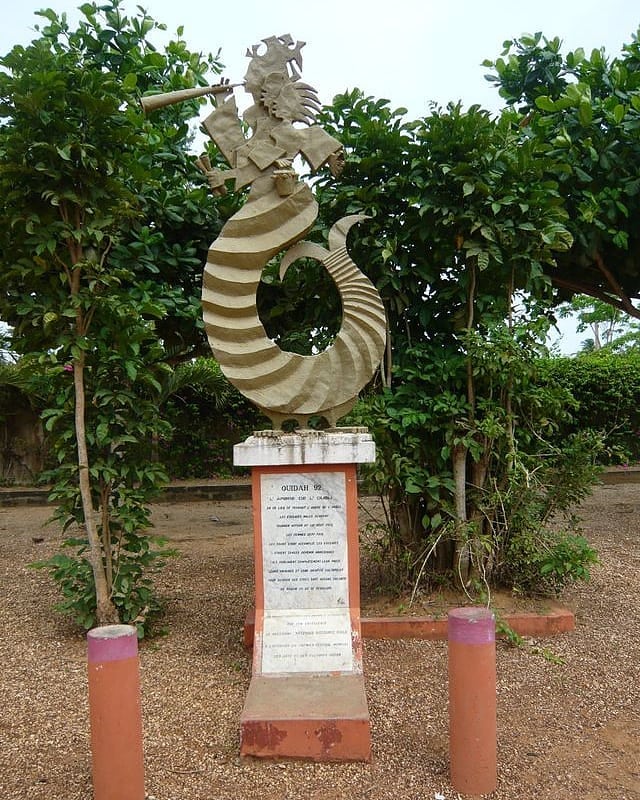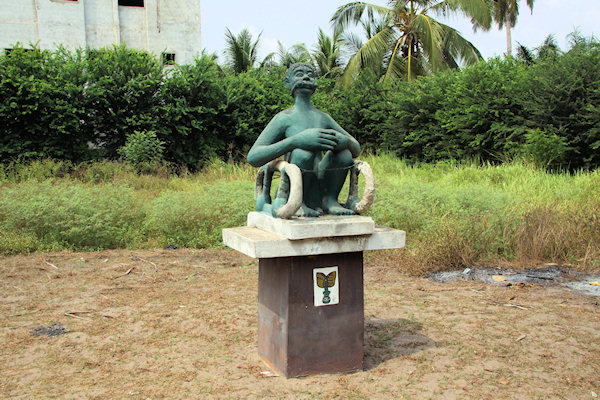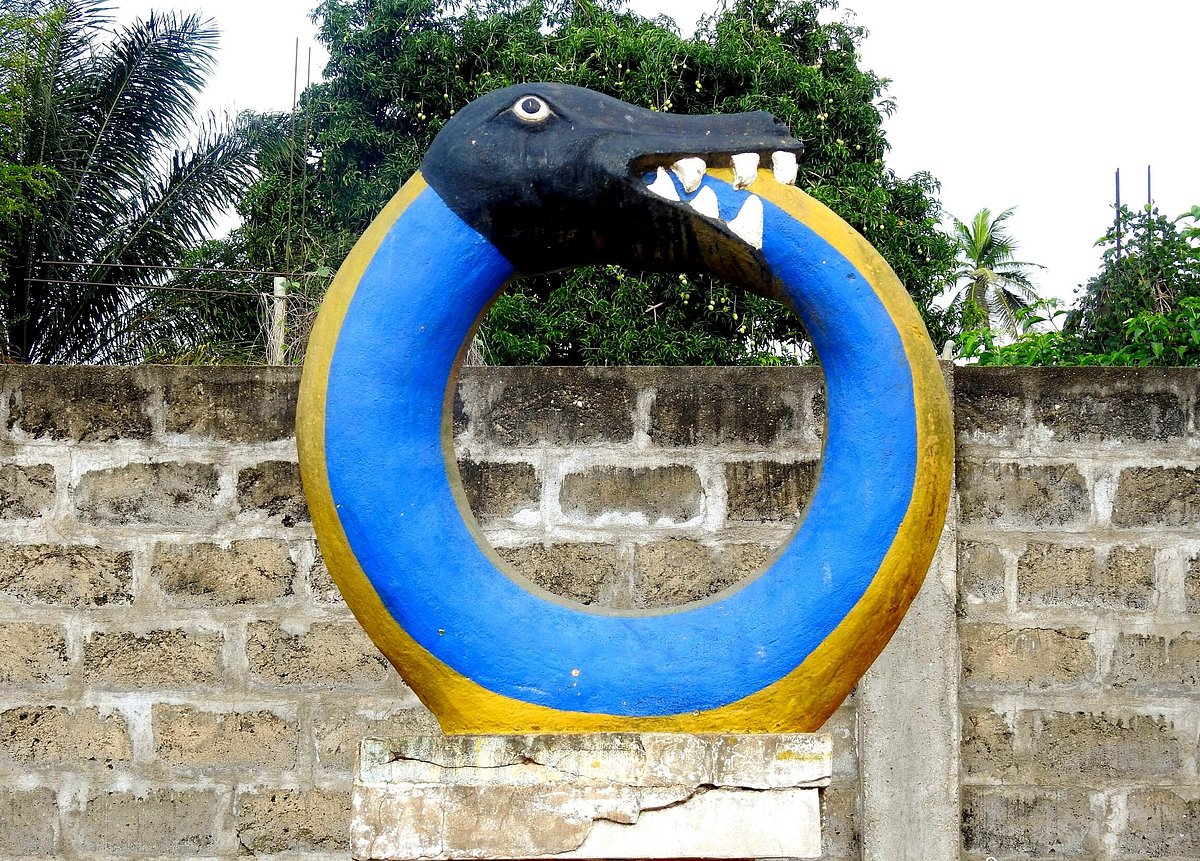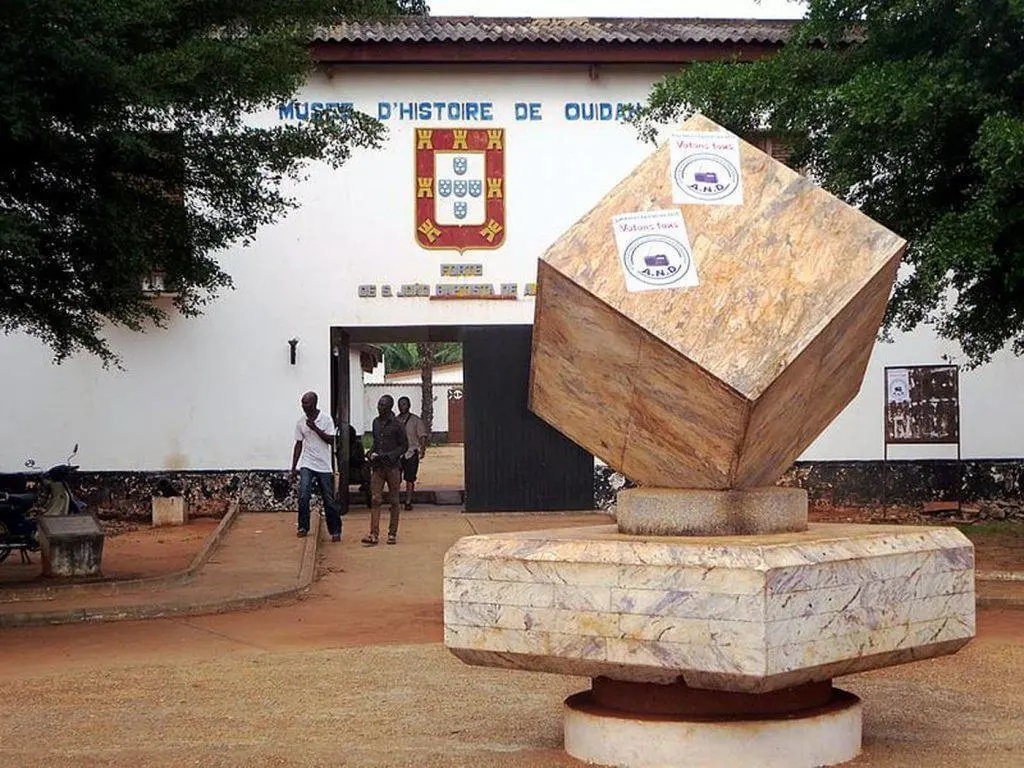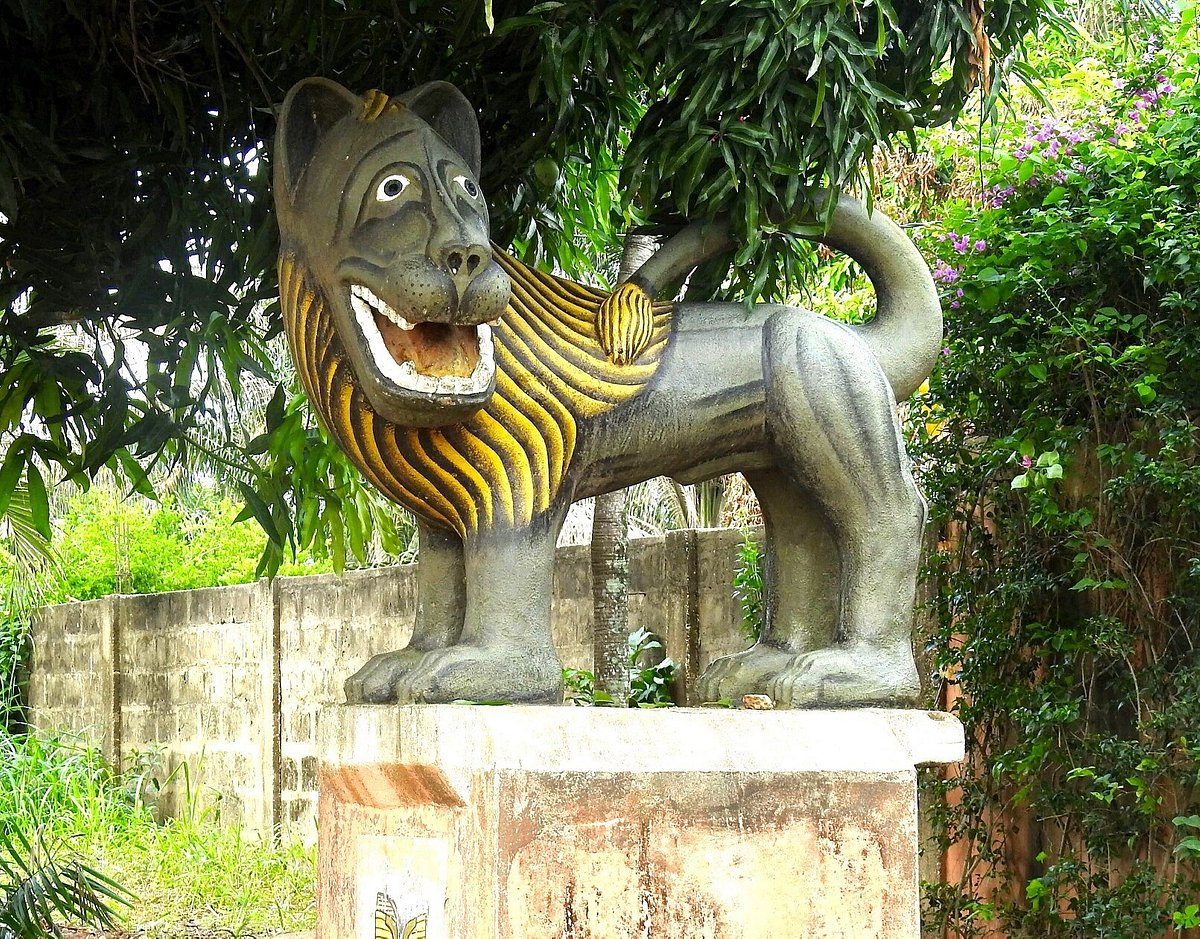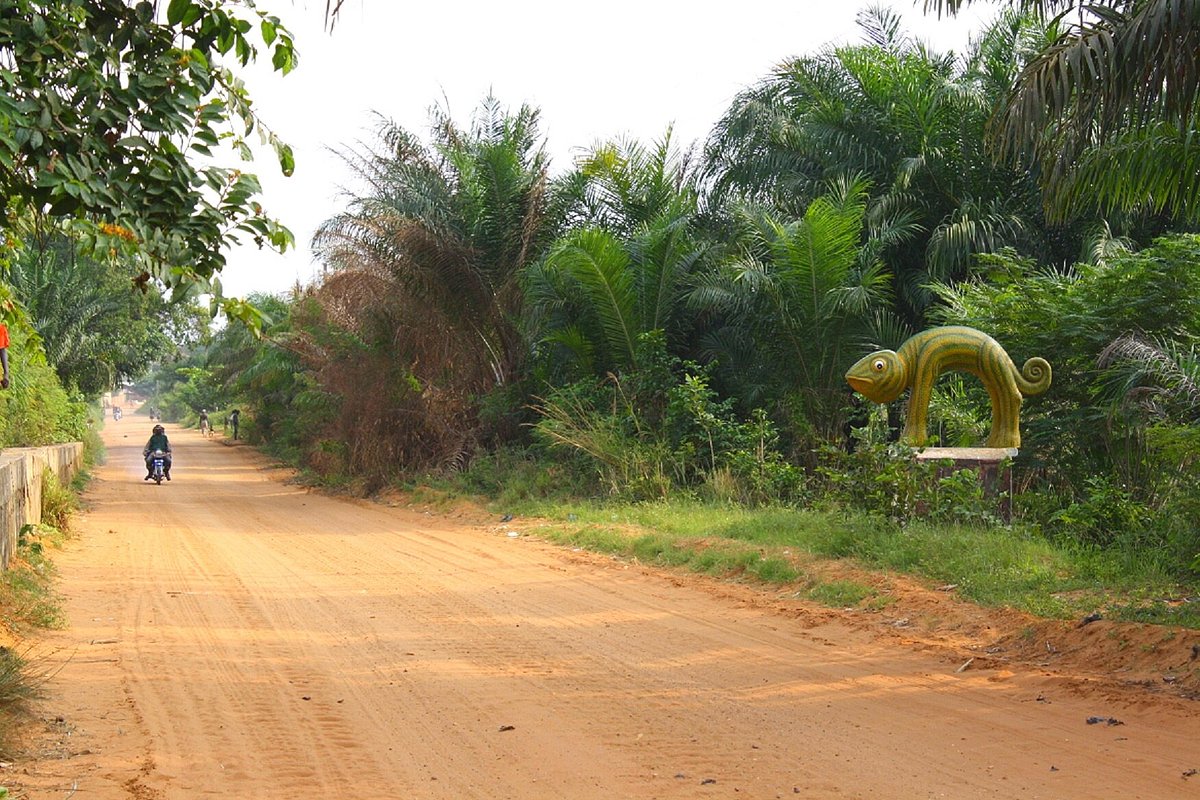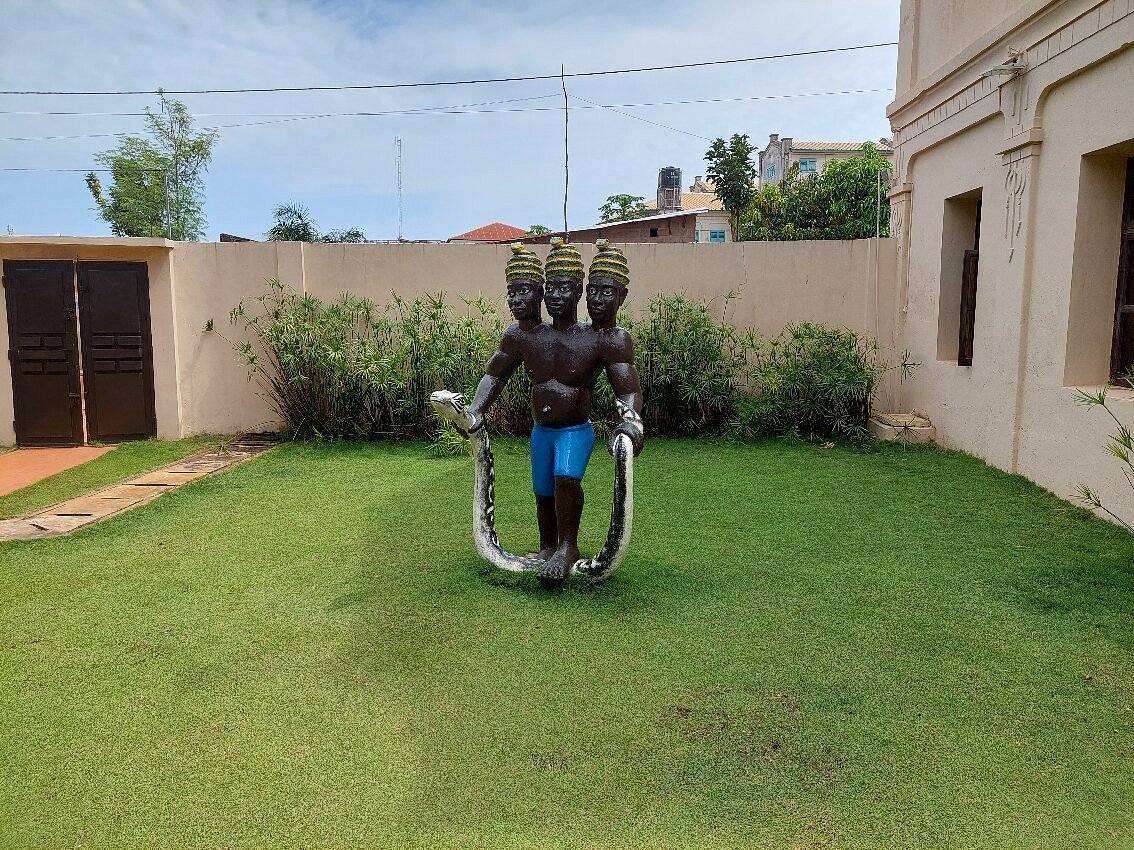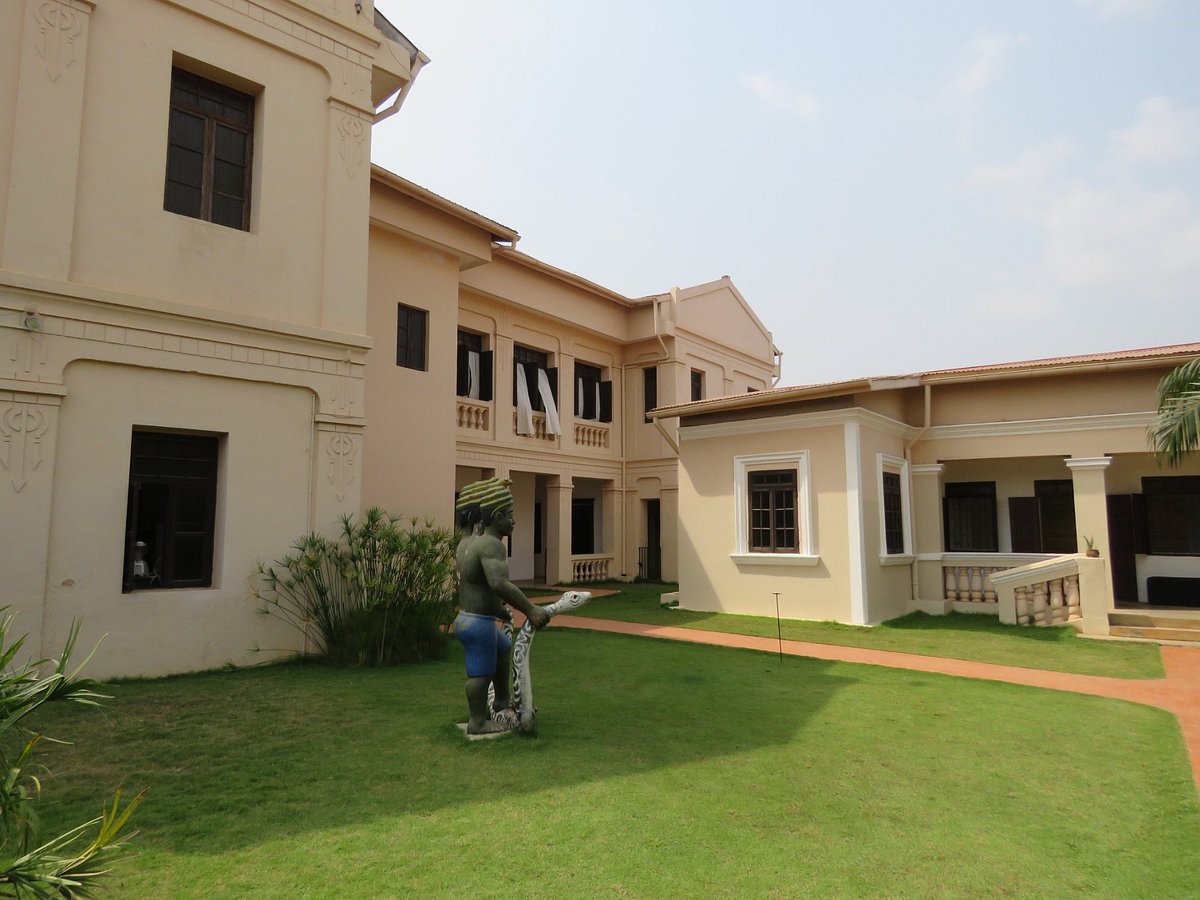AYIFFA TOURISM
Your travel advisor
About the Oblivion Tree
The slave route is lined with 23 magnificent colored statues. Most were made by Cyprien Tokoudagba, an internationally recognized Beninese painter and sculptor. They each represent a part of the history of Ouidah, in particular the symbols of the different kings of Dahomey (the bird, the lion, the hyena, the chameleon, the monkey, the snake, the leg, etc.) or even the slave trade. slaves.
Arrived at the Tree of Oblivion, the male slaves had to go around it 9 times, and the women 7 times in order to forget their family, their history, their culture and their identity and become beings without no will.
“In this place was the tree of oblivion. The male slaves had to circle around him nine times. Women seven times. With these tricks performed, the slaves were supposed to become amnesic. They completely forgot their past, their origins and their cultural identity to become beings without any will to react or rebel. »
Shortly past the Tree of Oblivion is the Zomachi (Return Stopover) Memorial. This place of memory, a tribute to the descendants of slaves who returned to Benin, has in fact never been built. But the frescoes of the surrounding wall which tell the life of the slaves as well as the revolt of Haiti in 1791 led by Toussaint Louverture deserve attention..
The most beautiful travel destinations in Benin
Guide to the most beautiful tourist destinations to discover during your trip to Benin

